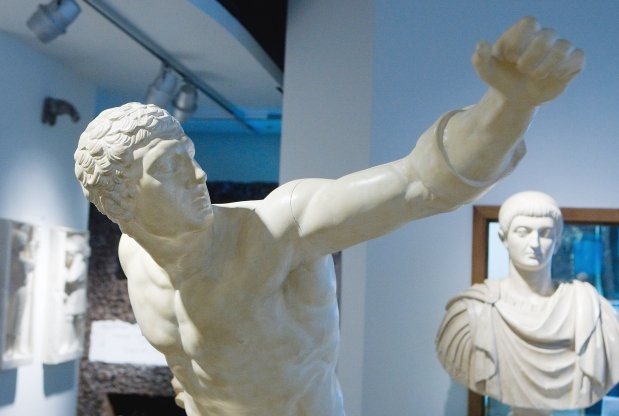LED Lights Brighten Up The U of S
A massive LED lighting retrofit is underway at the University of Saskatchewan and is changing the university's energy profile.
By Matt WolsfeldLED Lights Brighten Up The U of S
A massive LED lighting retrofit is underway at the University of Saskatchewan and is changing the university's energy profile.
A massive change is currently happening at the University of Saskatchewan, though you’d be hard pressed to notice it.
Starting in 2017, the university will be conducting a campus-wide lighting retrofit intended to switch out existing lights with energy efficient LED bulbs. Campus-goers can expect to begin working or studying under LED light within the next year.
An Invisible Change for the Better
Occupants of the Animal Science Building were the first to experience the switch. The building was chosen as an early pilot location in mid-December 2016, with the final light being placed in early January.
“I didn’t even notice the difference,” said one Protective Services employee. “Everything seems the same.”
Careful considerations were taken during the planning process for the retrofit to ensure that light levels, colour, and coverage would remain the same. With recent advancements in LED technologies, this has become not only easy but much cheaper to carry out than in previous years.
“It’s a win-win as far as we’re concerned,” says Kathryn Theede, Energy and Emissions Officer at the U of S Office of Sustainability. “The new LED lights will reduce lighting energy use by around 60% campus-wide without changing anything about the working environment. In fact, in some cases the light might even be better.”
As of the beginning of March, the retrofit at Animal Science has lowered the energy demand at the building by 11kW, roughly the same amount of energy that would be used by 3 residential houses.
Driven by Necessity

The change to LED lighting doesn’t just make financial sense; it’s a necessary part of bringing the university into the future.
The Museum of Antiquities located in the Peter MacKinnon Building is a prime example of this. The museum’s previous lighting consisted of 46 spot lights running 90W halogen bulbs. The lights didn’t just use an unnecessary amount of energy; the combined heat of the museum’s bulbs was enough to override the building’s HVAC system in 2016’s summer months, resulting in an incredibly uncomfortable environment. The new lights will reduce lighting energy use in the museum by 85% and will generate far less heat.
“As we begin to deal with climate change-related impacts, we’re going to have to start looking at how all of these systems interact with each other,” says Theede. “High summer temperatures put enough stress on our building systems as is; our lighting shouldn’t be adding to the strain.”
The new lights will also serve to buffer the impacts of a potential carbon price in Saskatchewan’s future. With the question of carbon taxation on the horizon, the university will have to begin questioning its energy apparatus and reducing usage wherever possible to lower future costs.
The LED retrofit will be continuing throughout 2017 and follow the tentative schedule seen below. If you have any questions about lighting or electricity use around campus, never hesitate to contact the Office of Sustainability at sustainability@usask.ca.
| Education | Spring 2017 |
| Dental Clinic | |
| Crop Science Field Lab | |
| Diefenbaker | |
| Administration | Summer 2017 |
| Williams | |
| John Mitchell | |
| Engineering | |
| Law | |
| Edwards | |
| Geology | |
| Physics | Fall 2017 |
| Thorvaldson | |
| Agriculture |
